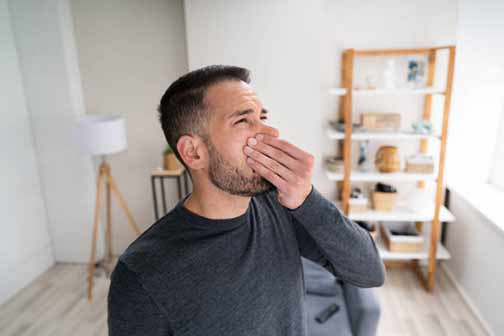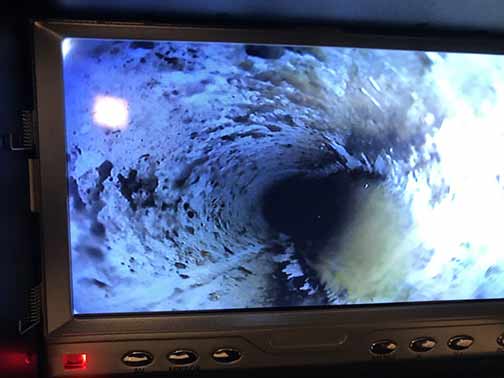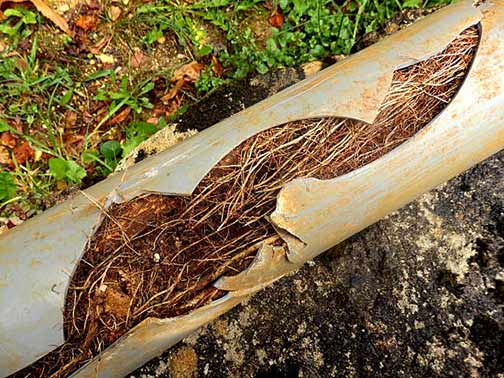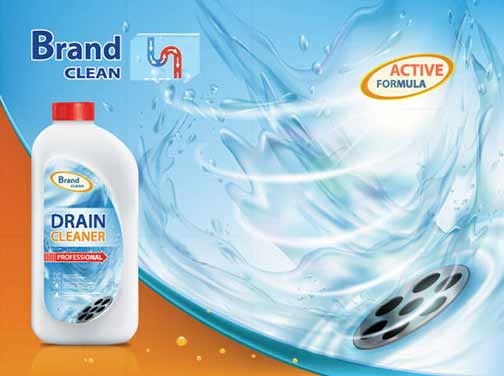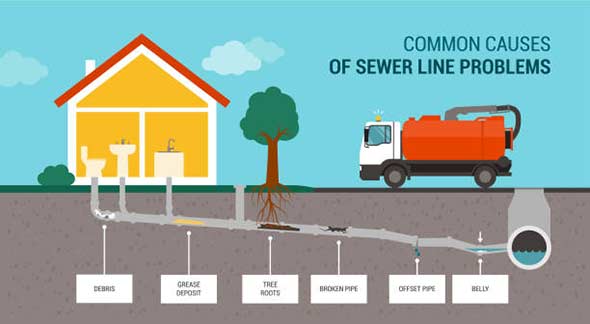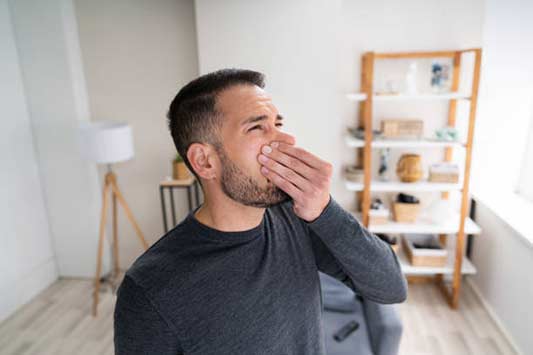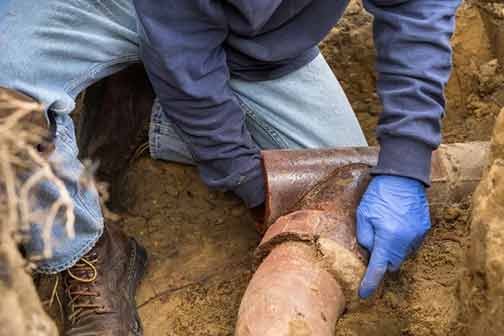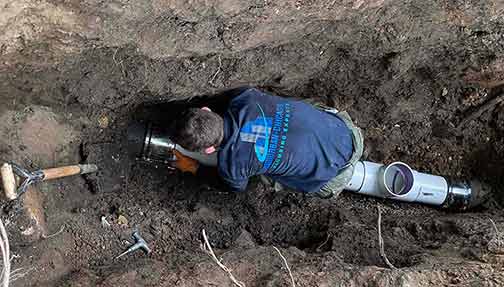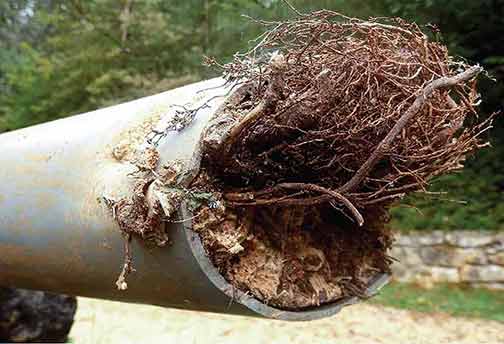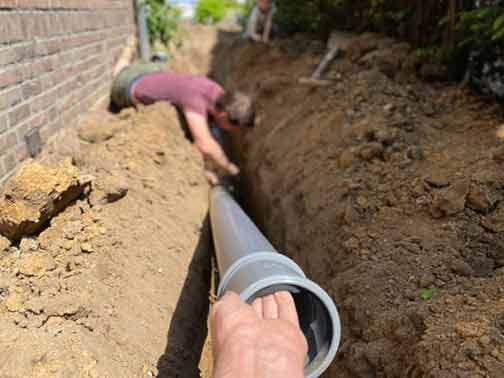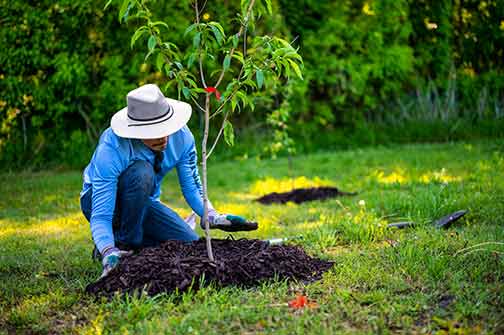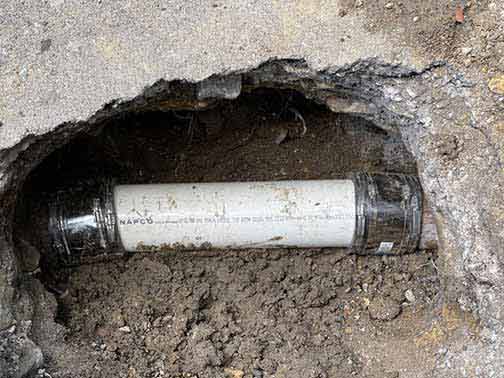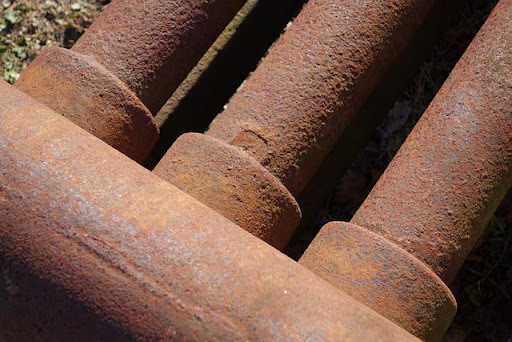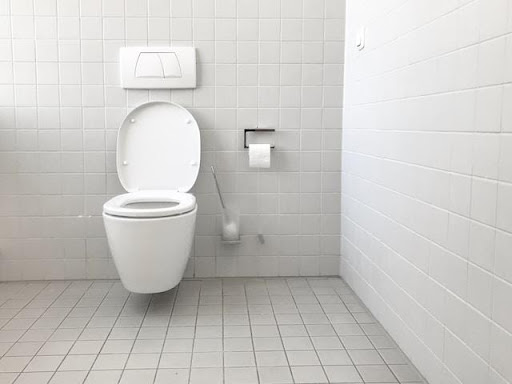Signs Your Sewer Line May Be Failing
The sewer line in your home is an essential part of your plumbing system. Without it, waste from your home wouldn’t be able to properly drain into the city’s sewer system or your home’s septic tank. For this reason, it’s crucial to address any issues related to your sewer line before they escalate. Let’s explore the various signs that may indicate your sewer line is on the brink of failure.
One of the earliest indicators of a failing sewer line is a slow drain. If you notice that your sinks or bathtubs are taking longer than usual to drain, it could point to a blockage in your sewer line. Similarly, gurgling sounds coming from your drains can also be a red flag. These noises are often caused by air trapped in the pipes due to a blockage.
Another tell-tale sign of sewer line issues is the presence of foul odors. If you can smell sewage in your home or yard, it’s time to call a plumber. This stench typically indicates that there’s a crack or break in the sewer line, allowing waste material to escape.
Lastly, if you observe patches of lush greenery in your yard, it may not be a cause for celebration. While it’s nice to have a green yard, it can also mean that a leaking sewer line is fertilizing your lawn. Sewage acts as a potent fertilizer, causing an overgrowth in the affected areas.
Common Causes of Sewer Line Damage
Sewer line damage can occur for a variety of reasons, each challenging in its own right. Understanding the most common causes can help you take preventive measures and mitigate the risk of severe damage.
Tree roots are notorious for causing sewer line issues. As trees grow, their roots extend and can penetrate the sewer lines, causing blockages and cracks. This is particularly common in older homes where trees have had ample time to grow and spread.
Another common cause of sewer line damage is shifting soil. Natural occurrences like earthquakes or human activities such as construction work can cause the ground to move and put pressure on your sewer lines, causing them to crack or collapse.
Unfortunately, sewer lines aren’t immune to general wear and tear. Over time, they will naturally deteriorate, especially in older properties where the pipes might be decades old. Materials such as clay or cast iron, often used in older systems, are particularly susceptible to corrosion and breaking down over time.
Grease buildup is also a frequent culprit behind sewer line damage. Pouring fats, oils, and grease down the drain can cause serious blockages as these substances solidify and accumulate over time within the pipes.
Importance of Regular Sewer Camera Inspections
Proactive maintenance is the key to extending the life of your sewer line and preventing costly repairs. Regular sewer camera inspections can help identify potential issues before they escalate into major problems.
A sewer camera inspection typically involves the use of a specialized camera to thoroughly examine the interior of your sewer pipes. This process allows plumbers to identify blockages, cracks, and other forms of damage that need to be addressed. By catching problems early, you can often avoid extensive repairs and maintain the integrity of your plumbing system.
Additionally, regular inspections can provide you with peace of mind. Knowing that your sewer line is in good condition can relieve stress and give you confidence in the health of your home’s plumbing system. It’s generally recommended to have your sewer line camera inspected every couple of years, or more frequently if your home is older or if you suspect issues.

By catching problems early, you can often avoid extensive repairs and maintain the integrity of your plumbing system.
Options for Resolving Sewer Line Issues
If you have identified signs of sewer line damage or your recent inspection has uncovered problems, there are several options available to address these issues. The right choice will depend on the specific nature of your sewer line problem.
One of the least invasive solutions is hydro jetting. This technique involves using highly pressurized water to clear obstructions and clean the interiors of your pipes. A professional hydro jetting service is especially effective for removing grease and debris buildup.
For problems caused by tree roots, root removal procedures might be necessary. Plumbers can use specialized tools to cut through the roots and clear the pipes. However, if the roots have caused substantial damage, further sewer line repairs may be needed.
Preventive Measures to Protect Your Sewer Line
While some causes of sewer line damage are outside your control, there are several preventive measures you can take to protect your sewer line and minimize the risk of damage.
First and foremost, be mindful of what you flush and pour down your drains. Avoid flushing items such as wipes, feminine hygiene products, and paper towels, as these can cause blockages. Similarly, refrain from pouring fats, oils, and grease down the drain. Instead, dispose of them in the trash.
In addition, consider the placement of trees and shrubs in your yard. Be aware of the proximity of these plants to your sewer lines, and choose species with less aggressive root systems to minimize the risk of root infiltration.
Regularly maintain your plumbing system by scheduling professional inspections and cleanings. Routine maintenance can help catch small issues before they develop into significant problems, saving you time, money, and stress.
The Benefits of Addressing Sewer Line Issues Early
Tackling sewer line issues early on offers several advantages, not the least of which is cost savings. Repairing a small crack or blockage is often far less expensive than the major work required to address extensive damage.
Prompt attention to sewer line problems also helps preserve your property’s value. A well-maintained plumbing system is a key selling point for potential buyers, and documented maintenance records can be a valuable asset during home inspections and negotiations.
Moreover, addressing sewer line issues early can prevent health hazards. Leaking sewage can contaminate your home and yard, posing serious health risks to you and your family. Ensuring your plumbing system is in good working order can protect both your home and your wellbeing.
Summing It Up
Though often out of sight and out of mind, your sewer line plays a critical role in maintaining the health and functionality of your home’s plumbing system. By being aware of the potential signs of failure, understanding the common causes of damage, and taking preventive measures, you can protect your property and avoid costly repairs. Regular inspections and timely interventions are essential to ensuring your sewer line remains in optimal condition. Act promptly at the first sign of trouble, and don’t hesitate to seek professional help to diagnose and address any issues.

